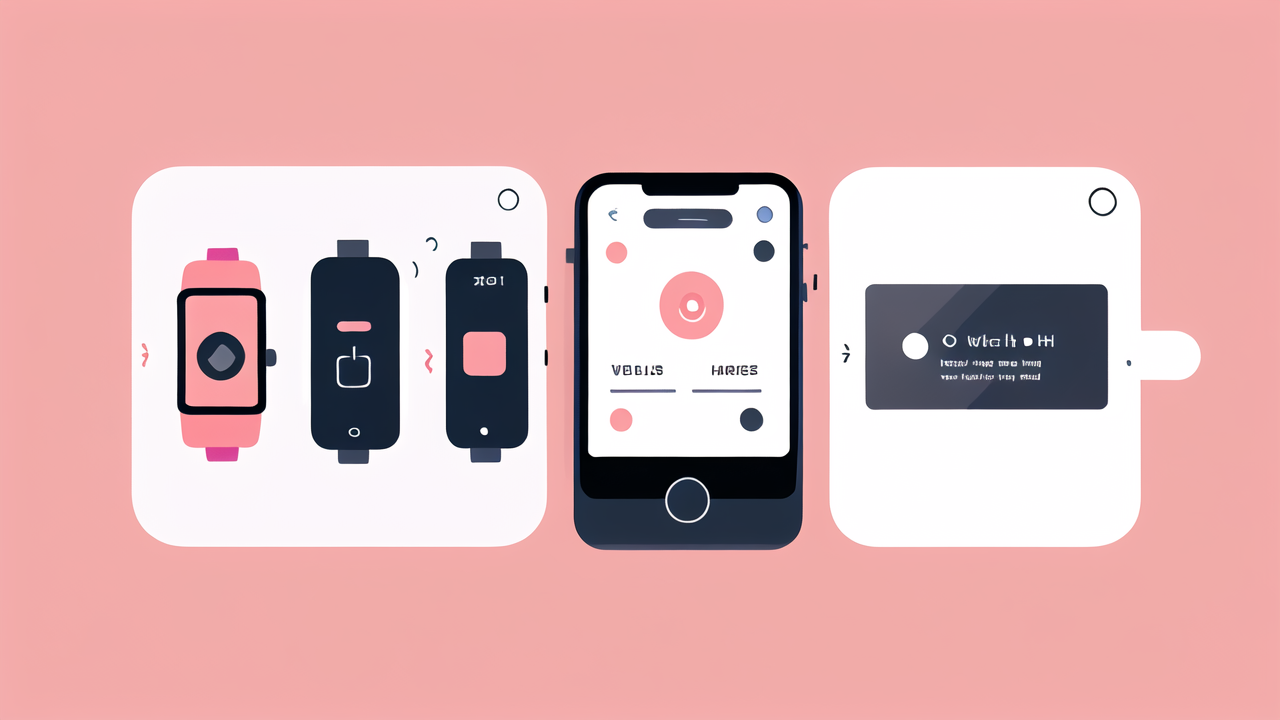The Evolution of Smart Bracelets in the Fitness Industry
Understanding the Integration of Technology in Fitness
Smart bracelets have changed the way we approach fitness. These devices blend tech with health tracking. They started as simple step counters. Now, they offer a wide range of features. Smart bracelets can monitor heart rate, sleep patterns, and more. They sync with smartphones to give users detailed health data. This tech helps people set and reach fitness goals. It makes tracking progress easier and more fun.

Milestones in Smart Bracelet Development
The journey of smart bracelets has been exciting. Early models could only count steps. Then came heart rate monitors. Next, GPS tracking was added. This allowed for more accurate distance measurements. Water-resistant designs made swimming tracking possible. Touch screens improved user interaction. Bluetooth connectivity enabled real-time data syncing. Each step forward made smart bracelets more useful. They became essential tools for fitness enthusiasts.
The Rise of Fitness-Centric Wearables in the Market
Fitness wearables have seen huge growth. Smart bracelets lead this trend. They offer affordability and ease of use. Many brands now compete in this space. This competition drives innovation. It also makes devices more accessible. Fitness enthusiasts have many options to choose from. Smart bracelets are no longer just for athletes. They appeal to anyone interested in health and wellness. This wide appeal has fueled their popularity.
Key Features of Top-Selling Smart Bracelets
Cutting-Edge Sensors and Metrics
Top smart bracelets boast advanced sensors. These track a variety of health metrics:

- Heart rate monitoring
- Blood oxygen levels
- Sleep quality analysis
- Stress level detection
- Skin temperature sensing
Some even offer ECG capabilities. These sensors provide detailed health insights. They help users understand their bodies better. Accuracy has improved greatly over the years. This makes smart bracelets valuable tools for health management.
Software and User Experience
The best smart bracelets offer user-friendly apps. These apps present data in easy-to-understand formats. They often include:
- Customizable dashboards
- Goal-setting features
- Social sharing options
- Integration with other fitness apps
Good software makes data actionable. It helps users set realistic goals. It also provides motivation through challenges and rewards. The best apps adapt to user needs. They offer personalized insights and recommendations. This enhances the overall fitness experience.
Battery Life and Design Innovations
Long battery life is crucial for smart bracelets. Top models can last a week or more on a single charge. This is thanks to energy-efficient components. Design has also come a long way. Modern smart bracelets are sleek and comfortable. Many offer interchangeable bands for style customization. Some are so light, users forget they're wearing them. Water resistance is now standard. This allows for use during swimming and showering.
The Future of Smart Bracelets in the United States Market
Emerging Trends in Smart Bracelet Technology
Smart bracelets are evolving rapidly. New trends include:

- Advanced health monitoring (e.g., blood pressure, glucose levels)
- Integration with smart home devices
- Improved haptic feedback for notifications
- Enhanced durability for extreme sports
- Eco-friendly materials and production methods
These trends aim to make smart bracelets more versatile. They're becoming health companions, not just fitness trackers. The focus is on providing more value to users. This includes both health insights and lifestyle integration.
The Role of AI and Machine Learning
AI and machine learning are changing smart bracelets. These technologies enable:
- Personalized fitness recommendations
- Early detection of health issues
- More accurate sleep analysis
- Adaptive goal setting
- Predictive maintenance alerts
AI helps make sense of the vast data these devices collect. It turns numbers into actionable insights. Machine learning allows devices to understand user patterns. This leads to more personalized experiences. As these technologies improve, smart bracelets will become smarter and more helpful.
Predictions for Fitness Wearables in the Coming Years
The future of fitness wearables looks bright. We can expect:
- Integration with telemedicine services
- More focus on mental health features
- Improved battery technology for longer use
- Enhanced data privacy and security measures
- Wider adoption in corporate wellness programs
Smart bracelets will likely become more specialized. Some may focus on specific health conditions. Others might target particular sports or activities. The line between medical devices and fitness trackers may blur. This could lead to new regulations and standards. Overall, smart bracelets will play a bigger role in preventive healthcare.
In conclusion, smart bracelets have come a long way. They've evolved from simple step counters to comprehensive health tools. The future holds even more potential. As technology advances, these devices will become more accurate and useful. They'll offer deeper insights into our health and fitness. For fitness enthusiasts, smart bracelets are invaluable allies. They help track progress, set goals, and stay motivated. As we look ahead, it's clear that smart bracelets will continue to shape the fitness industry. They're not just gadgets, but partners in our journey to better health.




Leave a comment
This site is protected by hCaptcha and the hCaptcha Privacy Policy and Terms of Service apply.